DROPS Cotton Light
A cool cotton yarn for summer!
from:
3BGN
per 50 g
Content: 50% Cotton, 50% Polyester
Yarn Group:
B (20 - 22 stitches)
/ 8 ply / DK / worsted
Weight/length: 50 g = approx 105 m
Recommended needle size: 4 mm
Knitting tension: 10 x 10 cm = 21 sts x 28 rows
Care: Machine wash on gentle cycle 40°C / Dry Flat
Made in: EU
Raw material origin: Cotton from Turkey, polyester from Spain
This yarn has an Oeko-Tex® certification (certificate number 97.T.1069), Standard 100, Class I from the Hohenstein Institute. This means that is has been tested for harmful substances and is considered safe in human-ecological terms. Class I is the highest level, and it means the yarn is suitable for baby articles (ages 0-3).
DROPS Cotton Light is a soft, cotton yarn made from 50% cotton and 50% polyester micro. Spun from multiple strands which gives a smooth and even stitch definition; the micro fibers are thinner than silk strands and they do not take up moisture, which, combined with cotton, results in both summer and winter garments that breathe, have good shape stability and high durability.
DROPS Cotton Light is a great choice for children's garments, as it’s machine washable and comes in a wide variety of fun and vibrant colours. Please note that, if you intend to use this yarn to crochet, it tends to split due to the strands' smooth and silky character.
Read more about our products' sustainability here
Please be aware that the colours shown may vary from screen to screen in the same way that shades may vary slightly from dye lot to dye lot.
How do I care for this yarn?

Machine wash on gentle cycle 40°C / Dry Flat
Here are some guidelines to wash your cotton garment, but please note that cotton has the tendency to shrink in the wash, so make sure you measure the garment before washing, in order to shape it correctly after the wash:
- Machine wash - separately - using a gentle cycle program at 40ºC and wool detergent without enzymes or optical brighteners.
- NEVER leave the garment to soak/wet in the washing machine for a long period of time.
- To dry the garment, shape it and lay it flat - do not hang - ideally on a warm bathroom floor or on top of a drying rack in a room with good air circulation. Never dry the garment in direct sunlight.
- Don’t tumble dry.
- Unevenness in the garment will even out after washing or steam ironing lightly.
- Never iron the garment directly. Use always a damp cloth between your steaming iron or regular iron and the garment.
Note: If you are washing a project made with this yarn combined with another, the general guideline is to follow the washing instructions for the most delicate of the yarns you are working with.
Do you have a question about this yarn?
See a list of frequently asked questions (FAQ) about our yarns.
1) What type of fibers make the DROPS yarns?
Yarn can be made from a large number of natural and synthetic fibers. DROPS carries mainly yarns made from wool, cotton, alpaca, linen, mohair and silk. Each fiber type has its own qualities, and they are often mixed to take advantage of the best properties of each one. Coarse yarn has the advantage of being stronger and more durable, and finer fibers offer more softness and comfort. Here a bit about the main fibers we carry:
Alpaca:
Alpaca fleece is the natural fiber harvested from an alpaca, and it is similar in structure to sheep wool fiber. Its softness comes from the small diameter of the fiber, similar to merino wool. It is a soft, durable, luxurious and silky natural fiber. Yarn made from alpaca fibers does not felt or pill easily, and it can be light or heavy in weight, depending on how it is spun. While similar to sheep’s wool, it is warmer, not prickly, and has no lanolin, which makes it hypoallergenic. Alpacas come in 22 natural colors, with more than 300 shades from a true-blue black through browns-black, browns, white, silver and rose-greys.
Mohair:
This fiber comes from the Angora goats, and it's considered a luxury fiber. Mohair yarn is warm as wool, but much lighter in weight; it is durable, dyes well and does not felt easily. Mohair fibers have also a distinctive luster created by the way they reflect light. Despite being a hard fiber, mohair is usually spun into a very fluffy yarn, resulting in airy and lustrous garments.
Wool:
The wool fibers come from the skin of sheep and are relatively coarse fibers. Two striking characteristics of wool are its susceptibility to heat and its felting property, which is caused by the scales on the surface. Depending upon the breed of sheep, the appearance of the wool varies.
Wool from Merino sheep is considered the finest type of wool, having as characteristics that is finely crimped and soft. All the Merino wool in the DROPS yarns has its origins in South America, coming from sheep that have not been subject to Mulesing.
Pure new wool is wool made directly from animal fleece, and not recycled from existing wool garments.
Machine washable wool is wool treated chemically to minimize the outer fuzzy layer of the fibers, and be therefore fitable for machine wash (see Superwash).
Silk:
The silk fiber is a fine continuous fiber produced from the cocoon of a moth caterpillar known as the silkworm. While silkworm is cultivated, the wild or tussah silk is obtained from uncultivated silkworm cocoons. Silk fiber is one of the strongest natural fibers and makes a wonderful knitting yarn. It blends really well with other fibers, especially wool. Silk also dyes beautifully with natural dyes.
Vegetable fibers:
There are several varieties of vegetable fibers, found in the cell walls of plants or vegetables. Of all the varieties, two are recognized as major knitted or textile fibers. They are cotton and linen.
Cotton is the fiber surrounding the seeds in a cotton pod, and it is almost pure cellulose. Cotton is usually white in color but there are green and brown varieties as well. The cotton fiber is most often spun into yarn or thread and used to make a soft, breathable textile that is good for summer clothing and accessories, making a weaker yarn than silk or linen but stronger than wool.
Mercerized cotton is cotton that has been through a mercerization treatment. This treatment gives cotton fabrics and threads a lustrous yarn that is more lustrous than conventional cotton. It is also stronger, takes dye a little more readily, makes the yarn more resistant to mildew and reduces lint. It also may not shrink or lose its shape as much as "regular" cotton.
Linen is a fiber derived from the stalk of the flax plant that is durable and stronger than any other fiber. The linen fiber is relatively soft, straight and lustrous and becomes more beautiful with age. Linen is more comfortable to wear in hot temperatures than cotton, due to the fact that it absorbs moisture better and dries more quickly.
Other materials used in our yarns include synthetic fibers such as acrylic, viscose, polyamide (nylon) and polyester. These fibers are used mostly to give strength to a yarn (like our sock yarn, DROPS Fabel) or a special kind of structure (like our blown yarn, DROPS Air).
The polyamide fibre, commonly known as nylon, is very strong, durable, lightweight, easy to care for (can be machine washed and dried), and elastic, which makes it perfect for blending with other fibres to produce hard-wearing yarns like sock yarn.
Compared to polyester, polyamide is softer and more flexible, but it also absorbs more water and dries slower.
3) What type of information can I find on the DROPS yarn labels?
All DROPS yarn labels include information about fiber content (wool, cotton, etc.), weight in grams and ounces, length in meters and yards, washing instructions and symbols (explained here), color number, dye lot number and yarn group information.
4) What are the DROPS yarn groups?
All DROPS yarns are classified into 6 different thickness groups (A to F). Yarns in a same group have similar knitting tension/gauge, and can therefore be interchanged in patterns; however the length may be different, so when substituting always calculate the amount of meters/yards needed for the pattern to know the amount of yarn you need to get.
5) Can I use a different yarn than the one mentioned in the pattern?
Yes, as long as the yarn can be worked in the same knitting tension/gauge. Always swatch to make sure you get the same number of stitches in width and rows in height as given in the pattern.
Remember that different yarns with different textures, will give the garment different looks. The yardage/length may also be different, so when substituting always calculate the number of yards needed, in order to know the amount of yarn you need.
Read more about how to calculate the amount of an alternative yarn - and how to replace 1 thread of a yarn with 2 or more of another, here.
6) What does it mean when a yarn is “Superwash”?
A superwash wool is a special wool product that has been treated or processed in a way that allows it to be machine washable. Many people are afraid to work with wool because it is so easy to shrink (though some shrink wool on purpose) and superwash wool can allow them to work with great fibers without worry. (Read more here).
7) What does “Oeko-Tex® certified” means?
The Oeko-Tex® Standard 100 was introduced at the beginning of the 1990s as a response to the needs of the general public for textiles which posed no risk to health. The Oeko-Tex® Standard 100 is a globally uniform testing and certification system for textile raw materials, intermediate and end products at all stages of production. The test for harmful substances comprise substances which are prohibited or regulated by law, chemicals which are known to be harmful to health, and parameters which are included as a precautionary measure to safeguard health.
For more info go to www.oeko-tex.com
10) How accurate are the colours on the shade cards online?
When obtaining images for the shade card, we do our best to achieve the highest level of color accuracy. Unfortunately, we cannot guarantee how images will appear on your computer screen. Every monitor displays color differently, some colors might look darker than they really are, and some colors might be more saturated on some screens. If you experience that many of the yarn colors looks different on your screen than the actual color of the skeins, you can adjust the setting on your monitor.
11) What is a micron? What does super fine / extra fine mean?
The fineness of yarn fibers is measured in microns (thousands of millimeters). Super fine alpaca wool is 26-28 microns. Fine merino wool is less than 21.5 microns and extra fine merino is under 19.5 microns. The less microns the softer and more delicate a quality can be, the more microns the more hard wear the quality will be.
The reason why the microns in a yarn’s fibers are important is that the yarn will eventually become something else, and how delicate or coarse a yarn is will determine in part what we use it for. That’s why we recommend the softest yarns (like DROPS Baby Merino) for baby clothing, or why we choose to use a more hard wear yarn like DROPS Snow, for a seating pad or slipper.
12) Why are the colours in my skeins of print yarn different?
The reason why two skeins of a same print yarn look different can be 1) that both skeins are part of different dye lots; 2) that the skeins have been dyed using a technique called "magic print" (the one used for example in DROPS Delight), which provides unique patterns and smooth colour transitions to each skein, meaning also that within one dye lot, lighter or darker varieties might appear. This is no fault or defect, but part of the yarn's character.
13) My store doesn’t have the colour I want, what can I do?
If your DROPS store doesn’t have the yarn colour you want, try contacting a DROPS Super Store (the ones with the golden badges) - they will make sure to get a hold of the colour even if they don’t have it in stock themselves. See a list of all DROPS stores here.
14) Where can I find a specific dye lot of a colour?
Always try contacting your DROPS store first. If they do not have the dye lot you want we recommend you to ask other knitters and crocheters in the DROPS Workshop in Facebook or Ravelry, which may have the dye lot in their stash and might be willing to part from it.
Yarn sheds because there's not enough twist to hold all of the fibers together. All yarns have excess fibers (from production) that might come off as lint or shedding, in varied degrees that depend on how the yarn is spun. Brushed yarns ("hairier" yarns) like DROPS Melody, have more of these loose fibers than other yarns, and therefore shed more. Shedding also depends on what is worn under or over the garment, and whether this pulls at the yarn fibers. It’s therefore not possible to guarantee that there will be no shedding.
Below are some tips on how to get the best result when working with hairier yarns:
- When the garment is finished (before you wash it) shake it vigorously so the looser hairs come off. NOTE: do NOT use a lint roller, brush or any method that pulls at the yarn.
- Place the garment in a plastic bag and put it in your freezer - the temperature will cause the fibers to become less attached to each other, and excess fibers will come off easier. Leave in the freezer for a few hours before taking it out and shaking it again.
- Wash the garment according to the instructions on the yarn label. Garments worked with hairier yarns usually need to be shaken once dry after washing, so that the hairs rise and any excess fibers can come off.
Pilling is a natural process that happens to even the most exclusive of fibers. It's a natural sign of wear and tear that is hard to avoid, and that is most visible in high friction areas of your garment like a sweater's arms and cuffs.
You can make your garment look as new by removing the pilling, using a fabric comb or a pill/lint remover.
How can I replace this yarn?
If you are looking to replace this yarn with another DROPS yarn, you can use another yarn within the same yarn group, or try our yarn converter!
Other yarns in Yarn Group B
Read more about replacing yarn.Have a problem with the DROPS yarn you purchased?
When you purchase yarn from the shade cards or patterns on our site, you are not buying directly from DROPS but from one of the hundreds of DROPS stores around the world. It is therefore important that you take contact with the DROPS store where you bought the yarn, and that you save the labels of all the skeins you purchased (they are your warranty).
The DROPS store you contact will assist you and escalate the claim if necessary. Find a list of DROPS stores here.
Comments / Questions (154)
![]() Diana wrote:
Diana wrote:
Hallo, ik haak babymutsjes,en nu ben ik op zoek naar garen voor zomerhoedjes. Welke kan ik hier het beste voor gebruiken,wat adviseerd u mij?
24.05.2013 - 10:48
![]() Elsa wrote:
Elsa wrote:
Het is even wennen om goed te breien met coton light, maar zoals een bekend spreekwoord het al zegt: oefening baart kunst. Als je je traint in het breien met coton gaat het echt goed en is het prima draad om te breien. Wat wel jammer is, is dat je soms een kapot draadje tegenkomt, daardoor zie je, als je heel goed kijkt af entoe ergens een draadje uitpiepen. Er zijn ook veel kleuren beschikbaar en het is prima betaalbaar, dus ik ben er wel blij mee!!
23.05.2013 - 11:12
![]() Monica Jansson wrote:
Monica Jansson wrote:
Cotton light är väldigt sköna för tex anikte/kropps tvättlappar eller make up pads Hälsningar i från Åland
22.05.2013 - 08:42
![]() DROPS Design NL wrote:
DROPS Design NL wrote:
Beste Betty. Jammer, dat u niet tevreden bent. Maar de fijne draadjes hoort bij het garen, lees ook de beschrijving hier op de kleurenkaart. Sommige vinden het vervelend om mee te werken, maar dat is oké en een kwestie van smaak, waar andere geen problemen mee hebt. Gelukkig zijn er ook andere mooie garens :-)
09.04.2013 - 07:58
![]() Betty wrote:
Betty wrote:
Geen fijne wol Cotton Light. Het eerste bolletje vertoonde halverwege het breien gespleten draden. Verder splijt het regelmatig. Ik ben gestopt met het breien. Dit kost teveel ergernis.
08.04.2013 - 22:36
![]() Betty wrote:
Betty wrote:
Cotton Light is geen fijne wol! Het eerste bolletje was halverwege gespleten... Verder splijt het zo gauw dat er allemaal haaltjes komen in het breiwerk. Ben er mee gestopt. Dit is alleen maar ergernis.
08.04.2013 - 22:34
![]() Anne-Valérie wrote:
Anne-Valérie wrote:
Bonjour, Je voulais faire un pull à torsades pour mon grand de presque 7 ans, j'ai pensé au cotton light, comment tient il au lavage ? Hi, I wanted to make a sweater with cables for my 7 year old son and wanted to use cotton light. How is it after washing ?
03.04.2013 - 17:37
![]() Alice wrote:
Alice wrote:
Jeg synes garnet er lækkert at strikke af, hvis man strikker en metaltråd med, virker det meget spændende.
16.03.2013 - 18:46EDNA wrote:
Hello!could you please tell me if you can send yarn to Merida, Mexico? and how much is the cost? thank you
05.03.2013 - 04:45DROPS Design answered:
Hi Edna. For shipments to Mexico you can go to nordicmart.com They ship to Mexico :)
05.03.2013 kl. 19:44Ellen wrote:
Ik ben niet erg blij met Cotton Light, het splijt heel makkelijk en daardoor steek je vaak mis met haken wat kleine lusjes ten gevolge heeft. helaas ben ik met een groot project begonnen en zal dus door moeten zetten.
24.10.2012 - 13:39
![]() Strickerin wrote:
Strickerin wrote:
Schließe mich Sabine an, das Garn ist recht lose versponnen und man muss höllisch aufpassen um alle Fäden zu erwischen. Leider nichts zum nebenbei vorm TV stricken... Habe die Jacke nun fertig und leider schon nach nur einer Woche tragen erste Knötchen, schade!
16.10.2012 - 10:00
![]() Claudia Antonsen wrote:
Claudia Antonsen wrote:
Hello... mørk rød 17 eller rød 32.... what is the rød for cristmas ???
06.09.2012 - 13:59
![]() Doris Pohanitsch wrote:
Doris Pohanitsch wrote:
Hier wird mit einem Supersale geworben und ich kann als Österreicherin kein einziges Stück vom Cotton light bestellen. Der Händler in Österreich hat nichts auf Lager und eine Bestellung in Deutschland ist ebenfalls nicht möglich. Ich würde mir wünschen, auch Zugriff auf Angebote zu haben, so fühl ich mich nur "auf den Arm genommen" und werde mir sehr genau überlegen, ob ich nochmals zum Drops Garn greife.
31.07.2012 - 22:27
![]() Sabine wrote:
Sabine wrote:
Ich bin nicht so begeistert von Cotton Light. Ich finde, es ist doch sehr locker verzwirnt und man sticht oft "mitten" in den Faden. Wenn man ein Muster strickt, kommt es auch nicht so klar raus wie bei glatteren Garnen. Ich bevorzuge Muskat.
19.07.2012 - 16:39
![]() Ingrid Nilsson wrote:
Ingrid Nilsson wrote:
Förstår inte varför man ändrar ett underbart garn att virka bl.a. barnkläder i, till ett som trådar sig. Vad ska man nu virka med?
13.05.2012 - 23:57
![]() MaFrancoise wrote:
MaFrancoise wrote:
Je suis un peu déçue par cotton light "d'avant" sur 9 pelotes, toutes avec minimum 2 noeuds de raccord,calibre du fil différent sur une même pelote ?? j'ai terminé mon "stock" avec soulagement !
08.05.2012 - 10:59
![]() Csil wrote:
Csil wrote:
J'ai le même problème. Cotton Light a changé, le fil n'est plus la même... Mais j'ai qd même bcp tricoté, pulls, robes, chapeaux, écharpes, pantalon de souave... 3 ans et 2 ans :-)
23.04.2012 - 17:51
![]() KARINE wrote:
KARINE wrote:
Je viens d' acheter du coton light chez un revendeur drops pour faire un pull à rayures et je me retrouve avec des qualités différentesj' étais un peu contrariée , j' ai eu le vendeur qui m' a dit que la qualité changeait donc c' était normal , cela pourrait être signalé lors de l' achat .Comme j' avais commandé 2 coloris qui sont de même qualité je vais pouvoir faire mon pull mais c' est un coup de chance.
20.04.2012 - 11:20
![]() Nina Sidoroff wrote:
Nina Sidoroff wrote:
Hvorfor er der inge græs grøn farve i bomulds garns sortimentet
02.04.2012 - 14:54Bty Novarisse wrote:
Couleurs extraordinaires et laine haute qualité.
26.03.2012 - 22:21
![]() Kerstin wrote:
Kerstin wrote:
Sehe ich richtig, dass das 'Perlgrau' leicht meliert ist? Fände ich prima, denn ich suche nach grau-meliertem Baumwollgarn!
17.03.2012 - 20:06
![]() Conny wrote:
Conny wrote:
Hi, Is there any approx. date when Cotton light is available? I would love to order some, but if it takes too long, I will have to find something else.
08.03.2012 - 14:42
![]() Vanessa wrote:
Vanessa wrote:
Gibt es Cotton light? -weil überall ein sternchen dran ist..
02.03.2012 - 13:12DROPS Deutschland answered:
Cotton light trifft in verbesserter Qualität demnächst in unserem Lager ein und ist dann wieder erhältlich.
02.03.2012 kl. 18:21
![]() Csil wrote:
Csil wrote:
Je suis impatiente d'avoir à nouveau du Cotton light. les coloris sont magnifiques. J'ai plusieurs modèles de pulls et petites robes à tricoter .. qui attendent :-)
31.01.2012 - 13:42






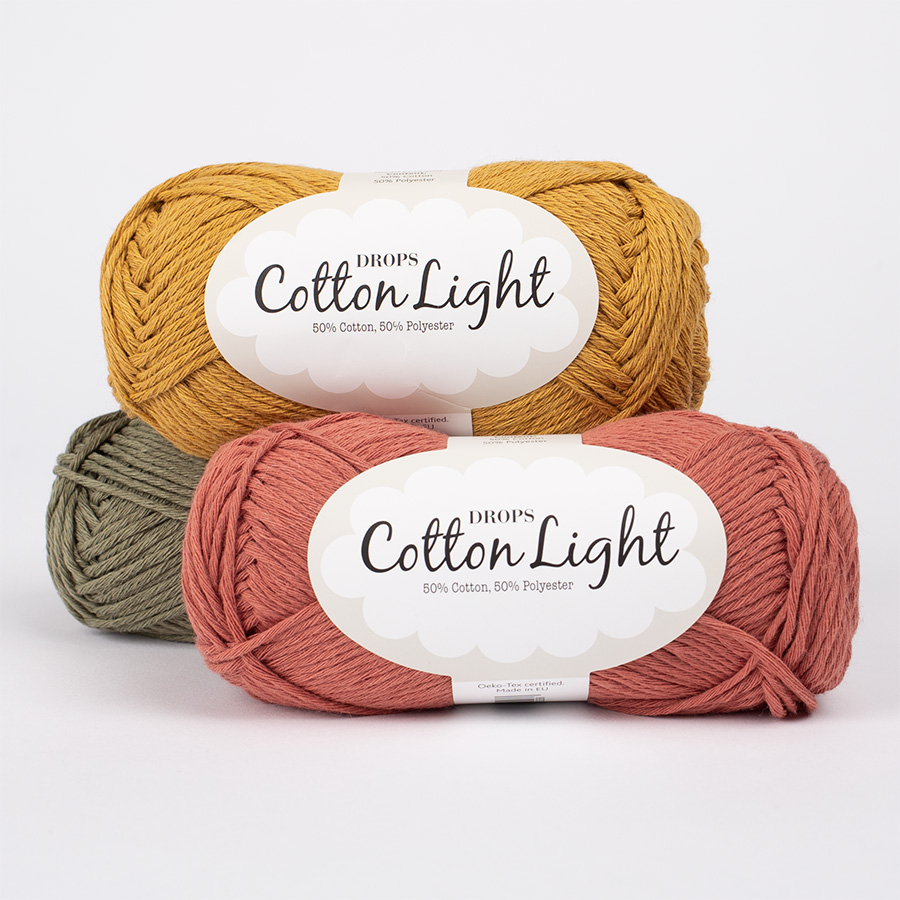

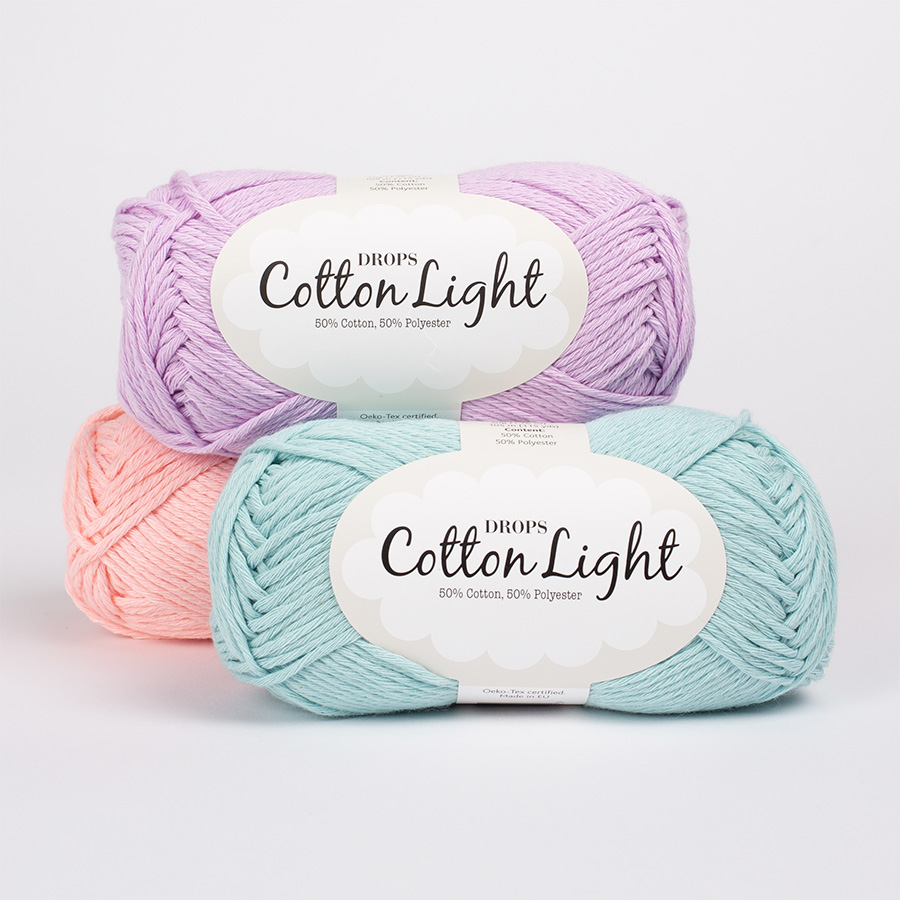

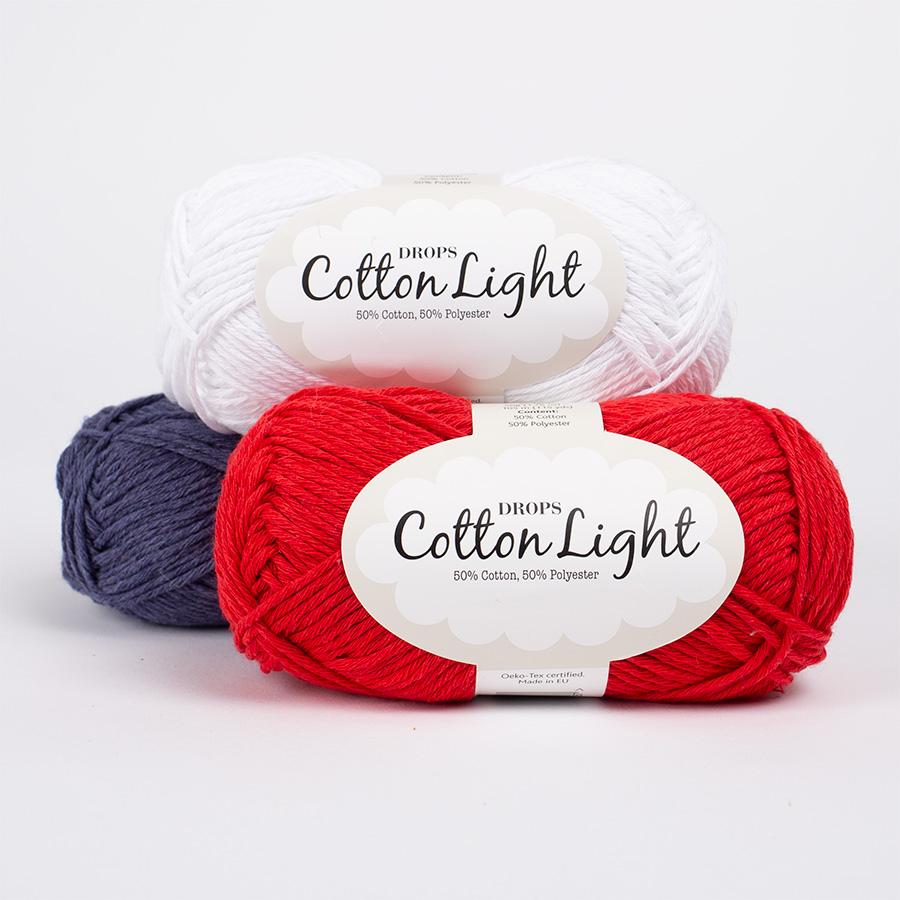
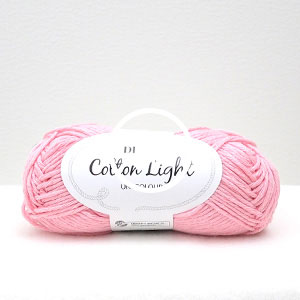















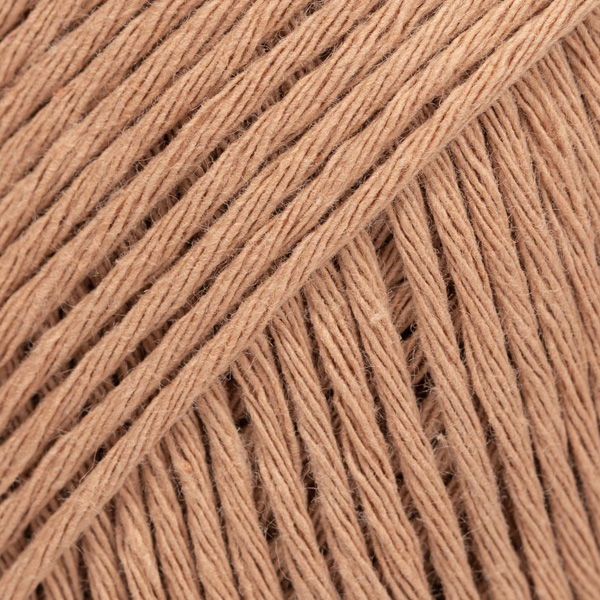








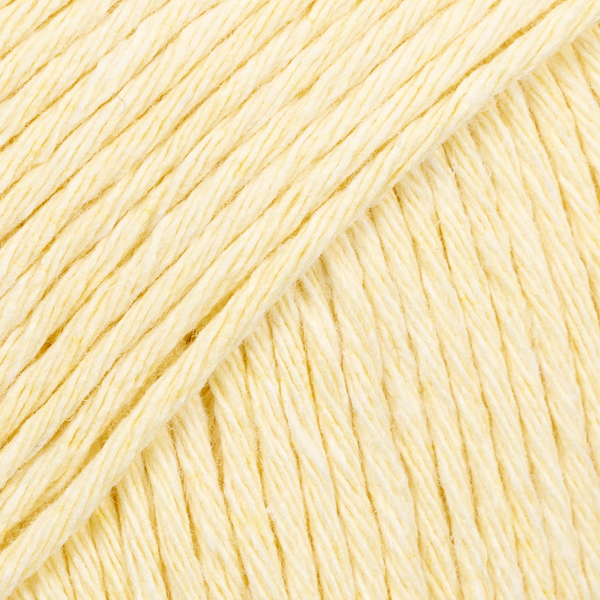


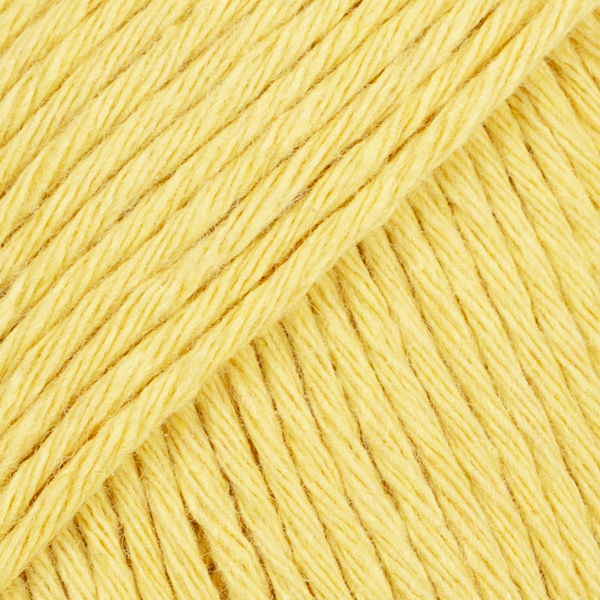





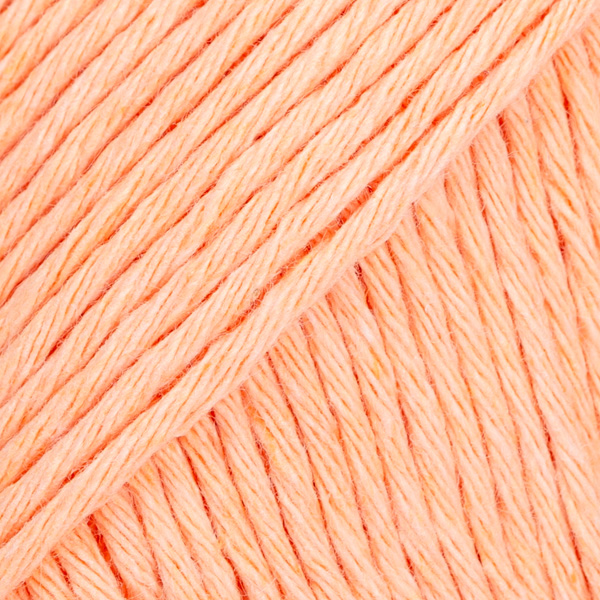










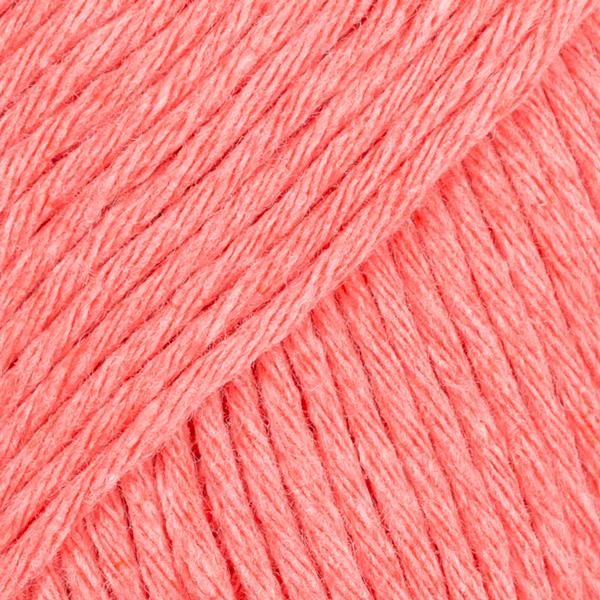



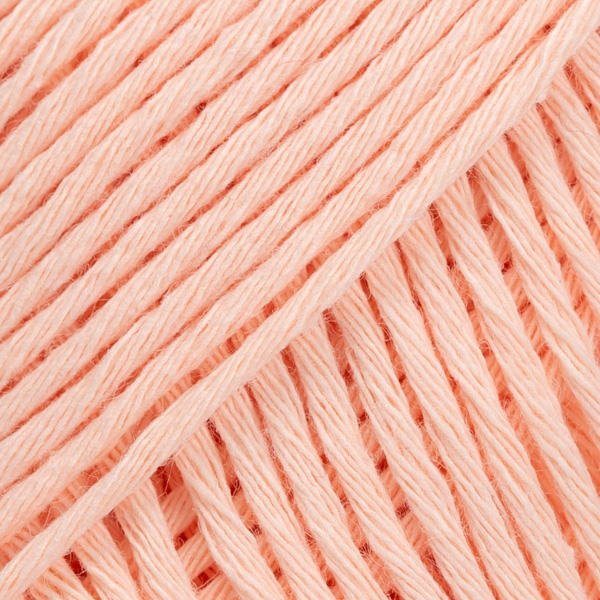



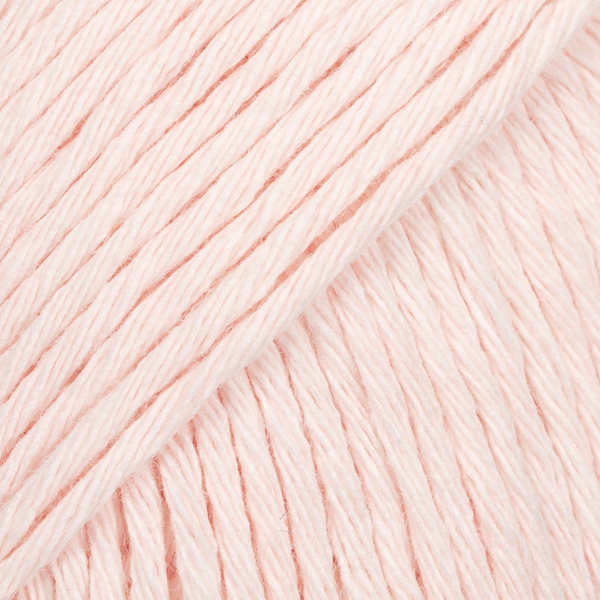

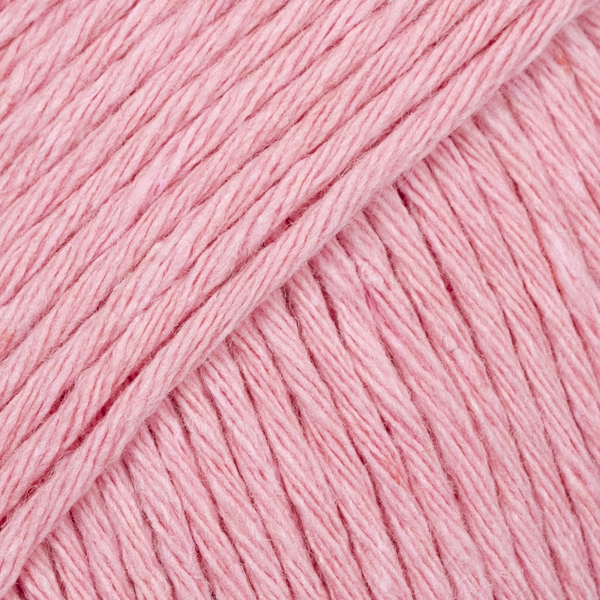


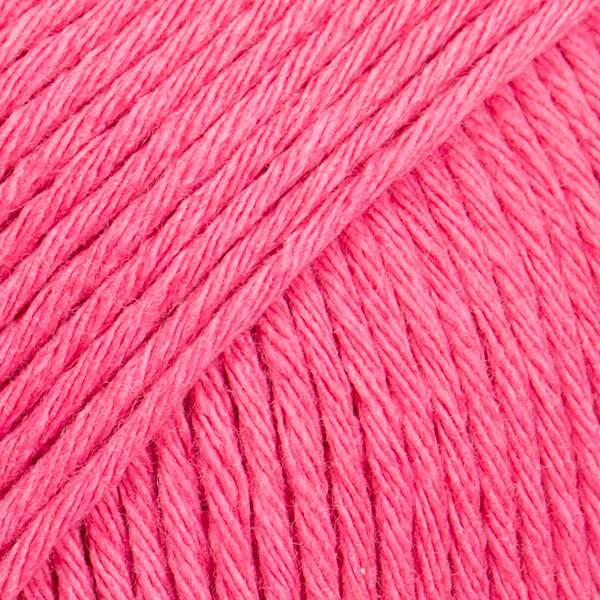








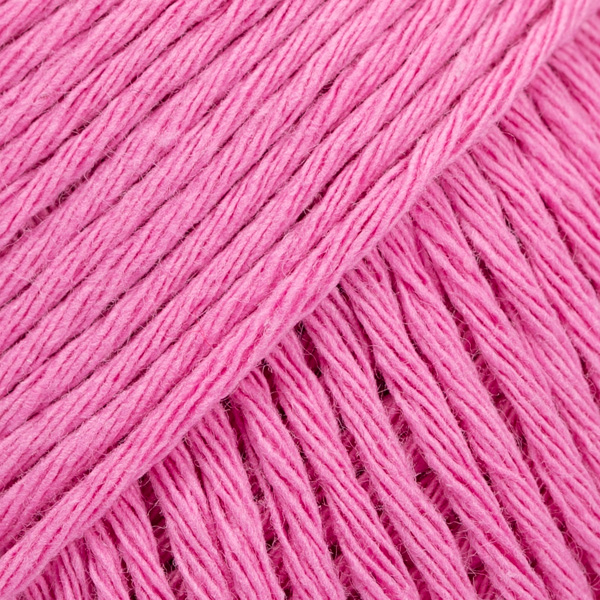



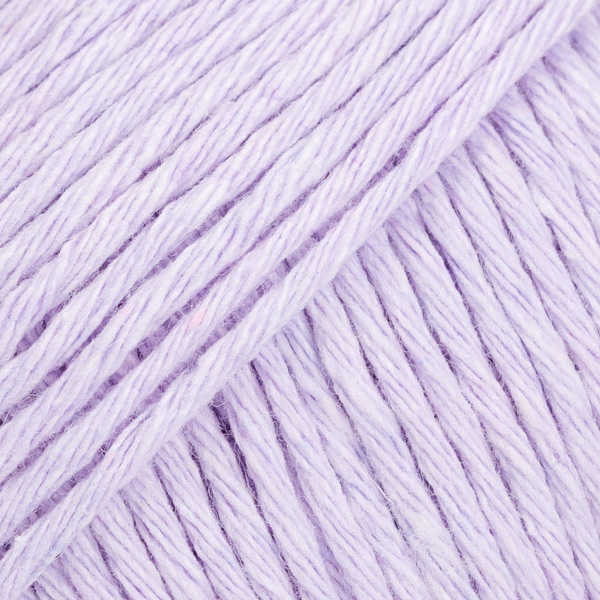



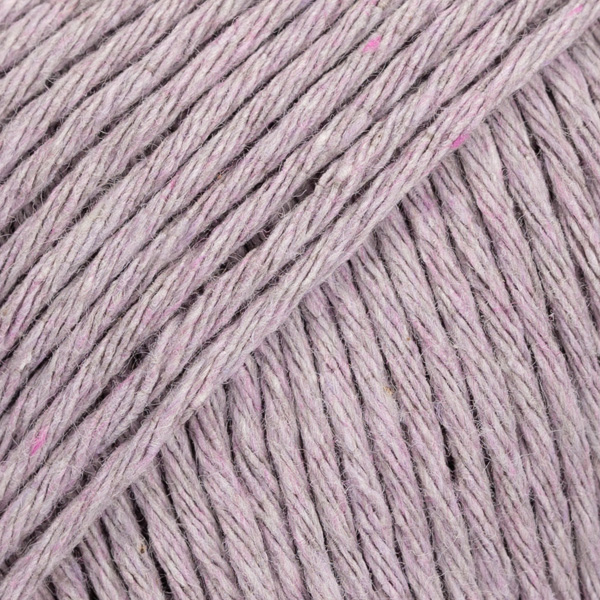
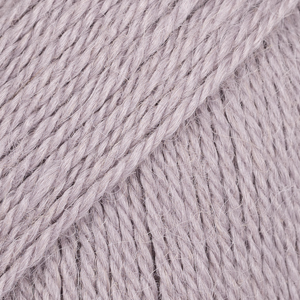









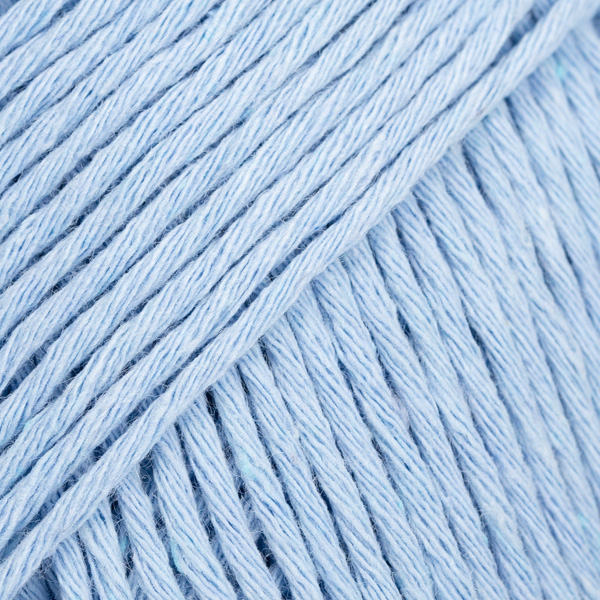

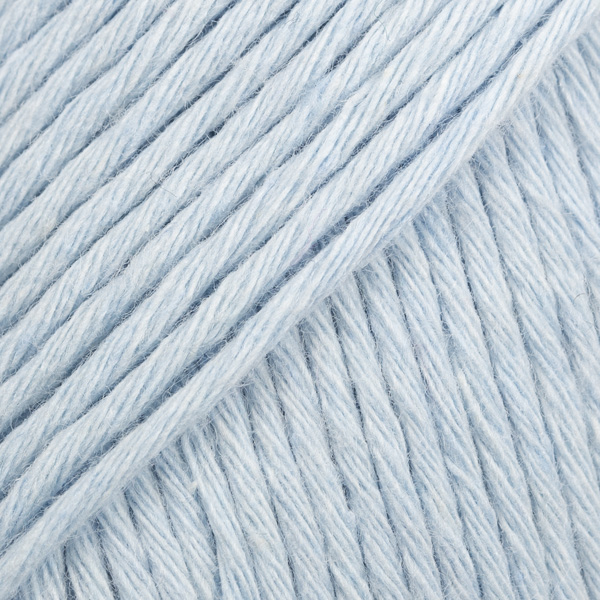




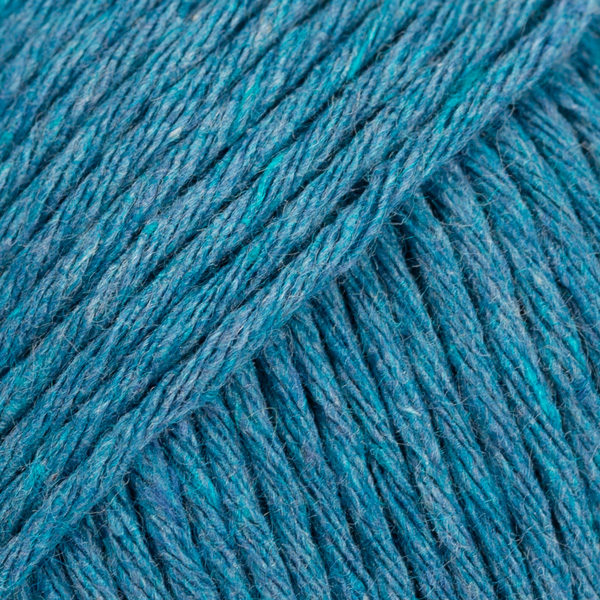







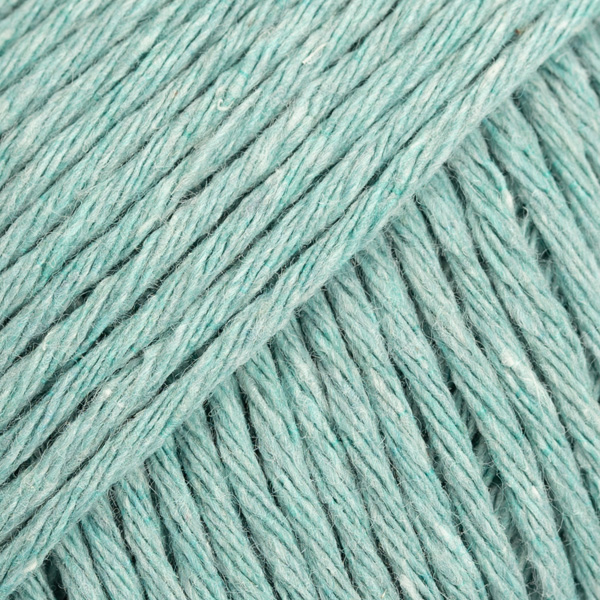



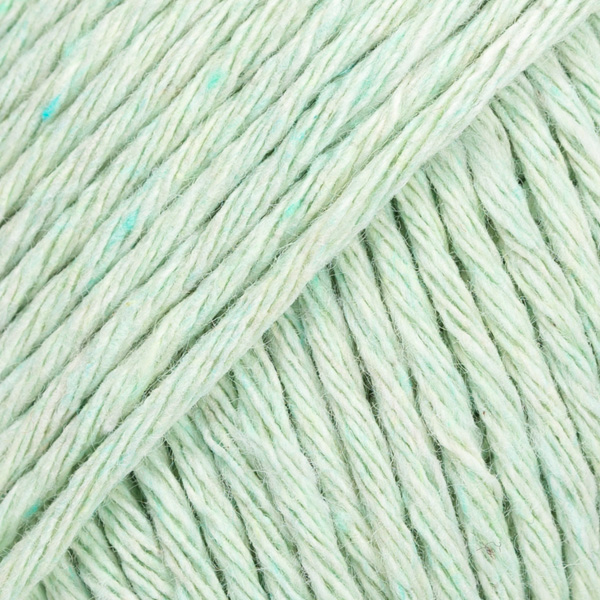





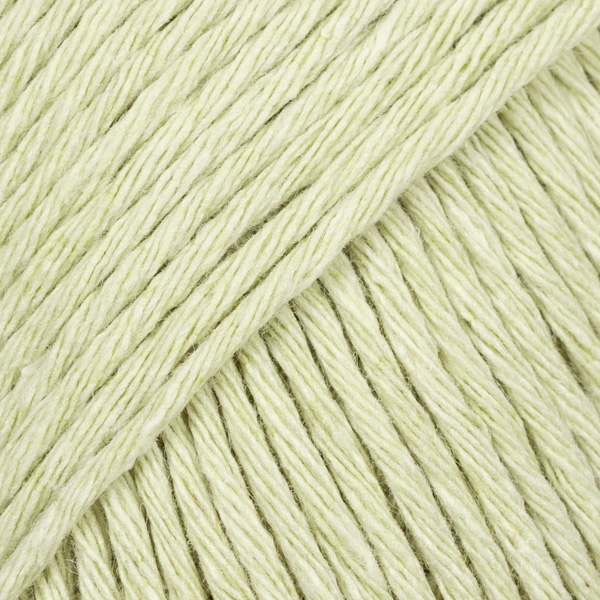

























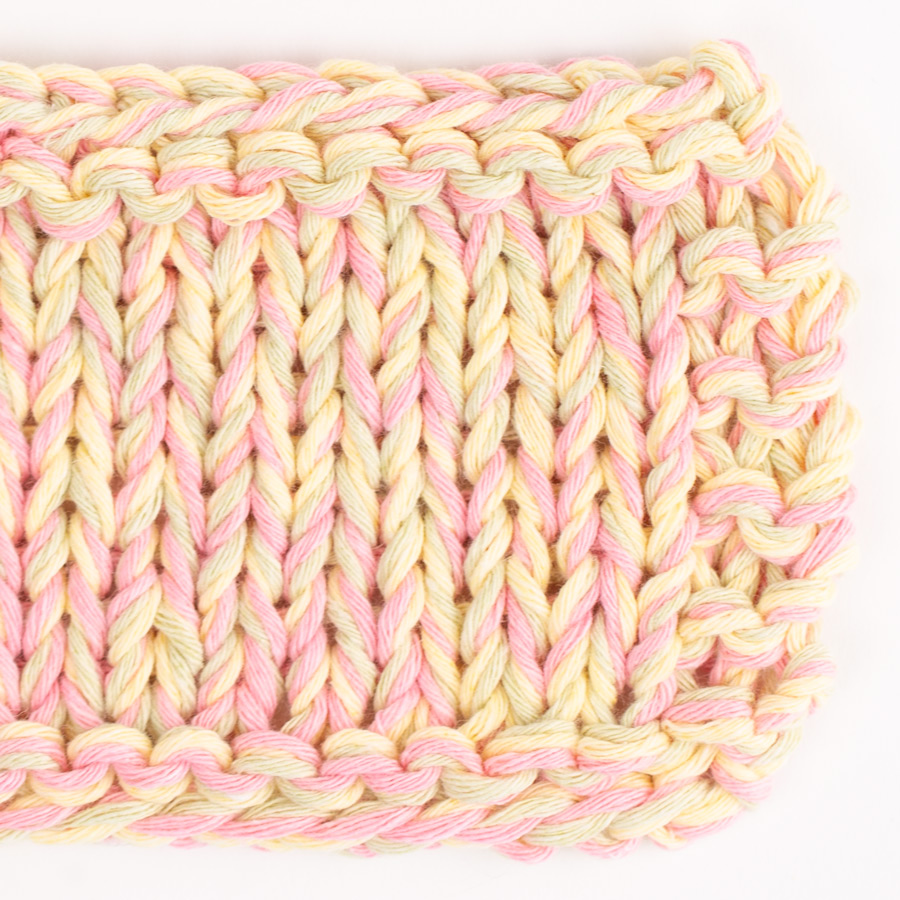
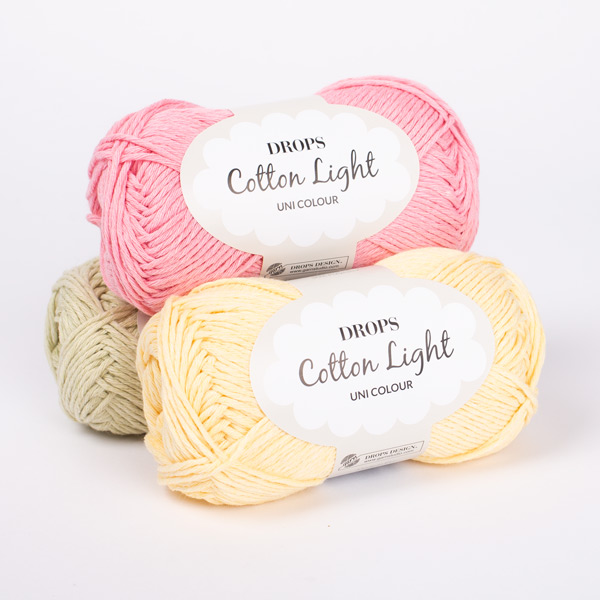









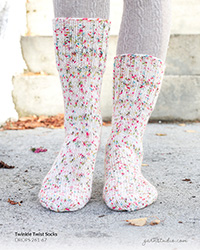
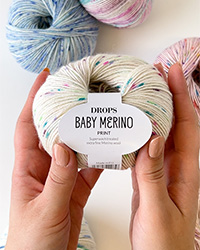
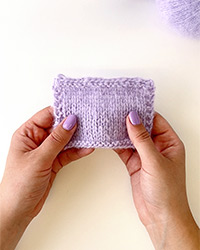
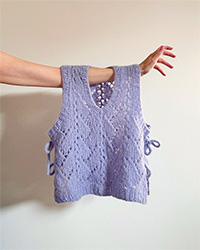
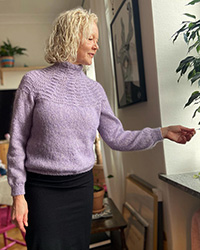
Snart stickat klart min första klänning i detta underbara garn, MEN plötsligt var 1-2 trådar av mitt i nystanet vilket gav ett väldigt rufsigt resultat. Fick repa och skarva och trassla...Är detta ett vanligt problem eller har jag bara haft lite otur? Hände på 2 av 10 nystan.
18.06.2013 - 15:36